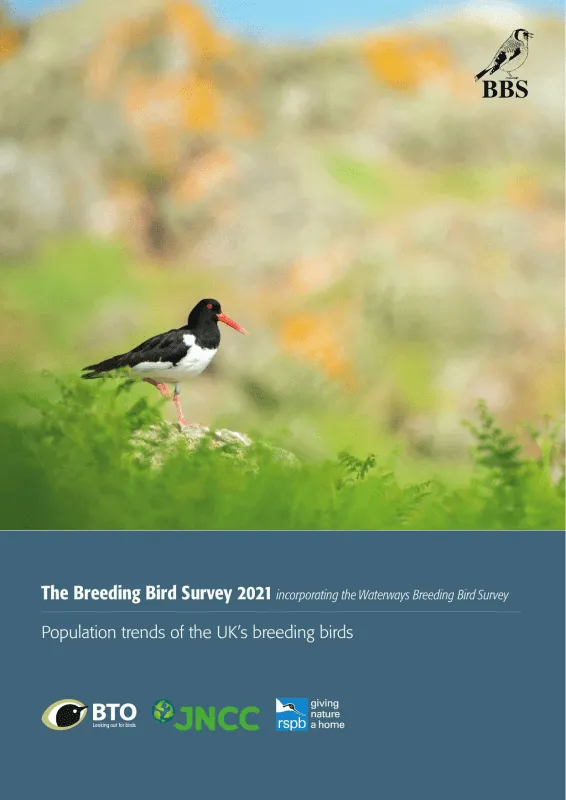BTO publishes various reports, from those covering the annual results of core surveys, through scientific studies, and on to those produced in partnership with other organisations. Many of these are published as BTO Research Reports. You can access all of our reports from here, though note that we are currently updating the reports section, working backwards through time to bring all of the report pages into a consistent format. You can read our Annual Report and Accounts in the Governance section.
Search settings
Scoping the feasibility of developments to the Terrestrial Bird Indicator for Scotland – urban, farmland and wetland indicators
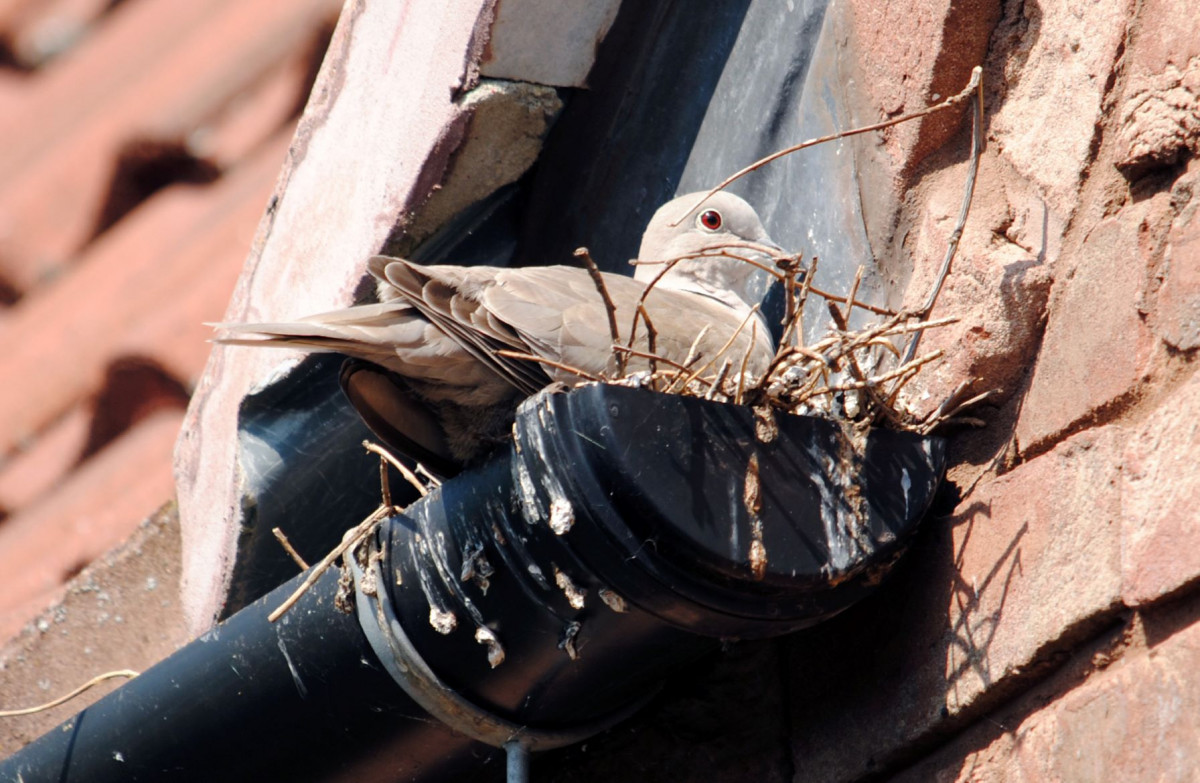
07.12.22
Reports
Ryevitalise – Bats and ancient trees: 2022 report
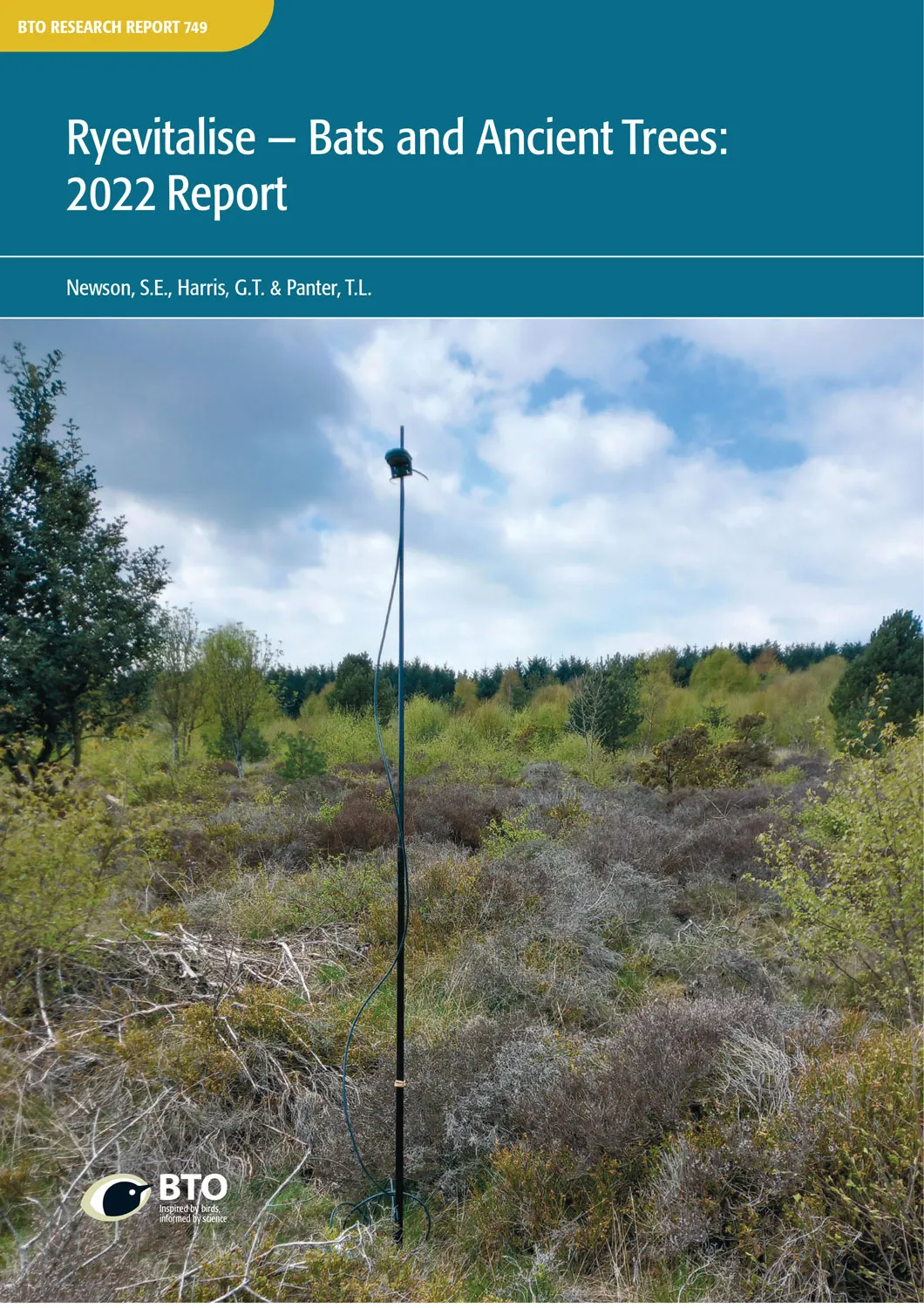
Working with a network of volunteers, static acoustic bat detectors were deployed over a long survey season, to provide the third season of extensive bat data for the Ryevitalise Landscape Partnership Scheme area of the North York Moors National Park. This report provides an overview of the survey coverage and main results from 2022.
07.12.22
Reports
Birds of Conservation Concern Wales 4: the population status of birds in Wales

The latest review of the conservation status of birds in Wales. The report assessed all 220 bird species which regularly occur in Wales. There are now 60 species of bird on the Red List, with 91 on the Amber List and just 69 - less than a third of the total number of species - on the Green List.
06.12.22
Reports
Scottish Raptor Monitoring Scheme Trends Summary 2009–2018
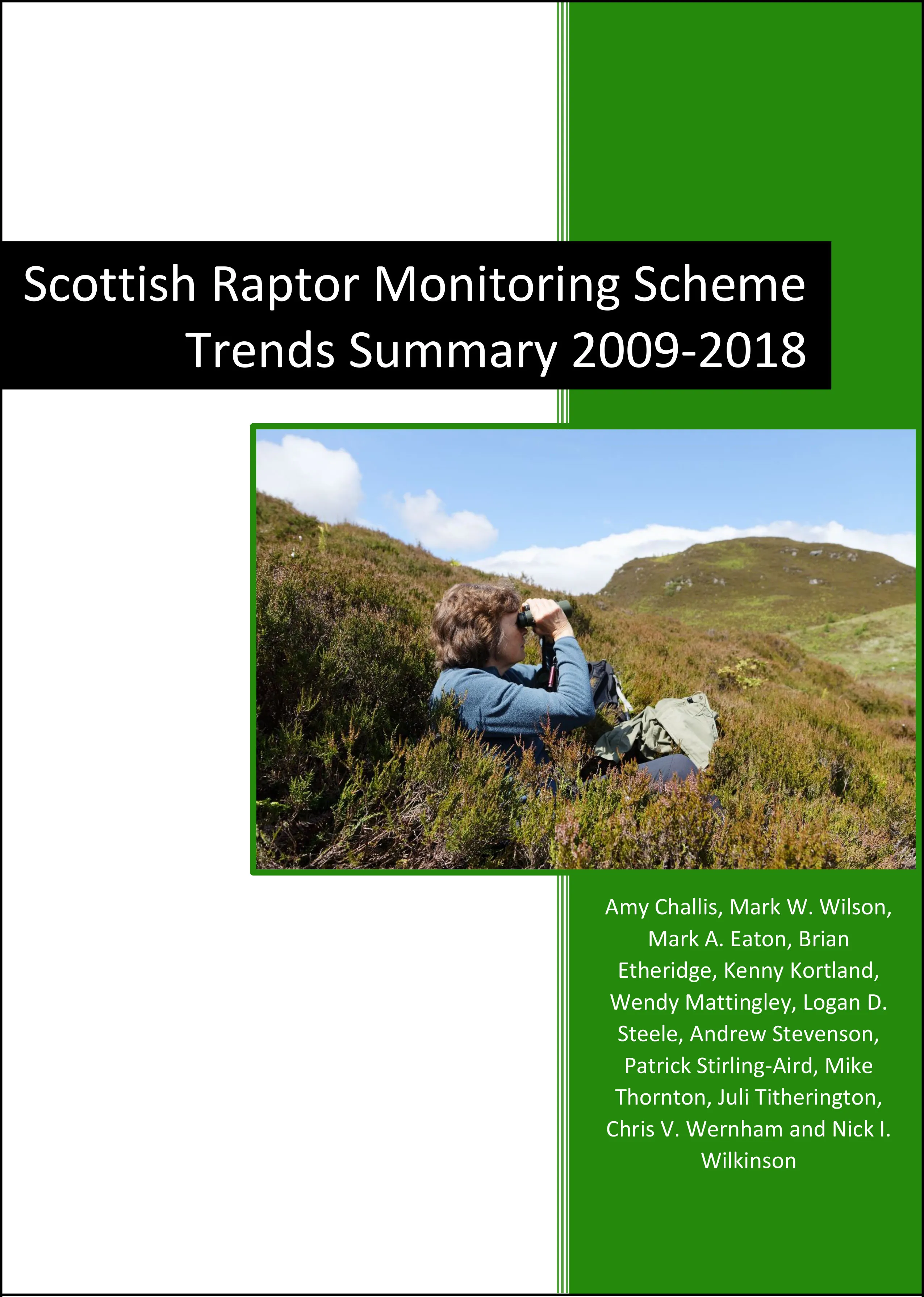
This report presents trends for raptors in Scotland based on Scottish Raptor Monitoring Scheme (SRMS) data for the period 2009 to 2018. Trends cover breeding numbers and productivity (breeding success, clutch size, brood size and the number of fledglings) at national and regional (SRMS Region and Natural Heritage Zones) levels for 14 species (13 raptors plus Raven) that breed regularly in Scotland: Osprey, Golden Eagle, Sparrowhawk, Goshawk, Hen Harrier, Red Kite, White-tailed Eagle, Buzzard, Barn Owl, Tawny Owl, Kestrel, Merlin, Peregrine and Raven.
07.11.22
Reports
A review of the capacity of current avian monitoring schemes in Guernsey to assess the population status of breeding and wintering bird species.
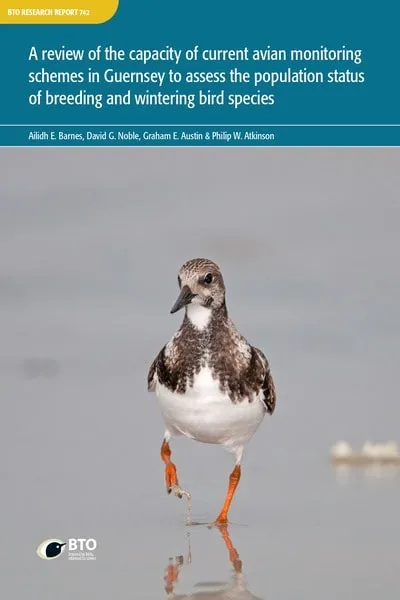
03.11.22
Reports
Analysis of waterbird population trends for the Somerset Levels & Moors SPA, its functionally linked land and the Bridgwater Bay coastal sites.
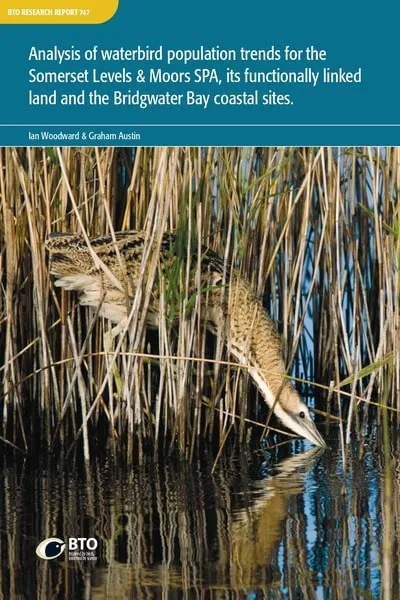
30.10.22
Reports
Belfast’s urban gulls: an assessment of breeding populations, breeding season movements and winter population
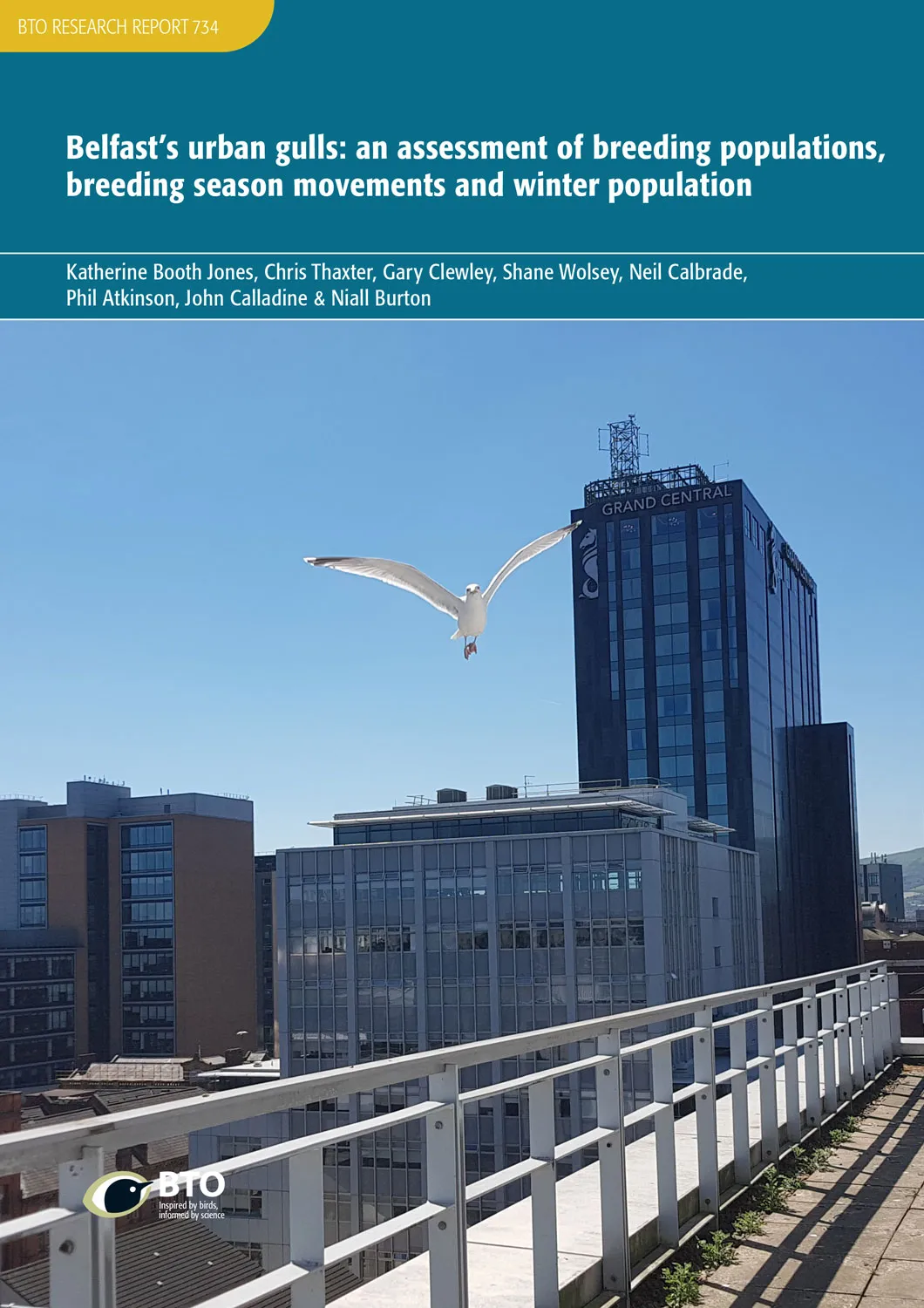
Despite the high conservation status of Herring and Lesser Black-backed Gulls, little is known about their urban populations Northern Ireland, and even less about how they use the urban environment. This project brings together a number of elements targeted at addressing knowledge gaps for the urban population of gulls in Northern Ireland, chiefly focusing on Belfast city centre. Firstly, breeding gulls in Belfast city centre were estimated using vantage point surveys, contributing to the latest national census and providing data for organisations wishing to reduce human-gull conflict. Secondly, the latest tracking technology was used to investigate how urban-nesting Lesser Black-backed Gulls and Herring Gulls use the urban environment of Belfast, complementing the population monitoring and existing tracking data from Herring Gulls breeding in a nearby coastal colony on Big Copeland Island. Thirdly, the wintering gull population using the shoreline of Belfast Lough was quantified using Wetland Birds Survey and Winter Gull Survey data, as congregations of gulls in the lough may interact with human activities in the lough. Combining these three elements, this study demonstrates that Belfast and the surrounding urban areas are providing not only nesting habitats for gulls, but also food resources which are used throughout the breeding season and during the winter. The presence of foraging gulls within the urban environment may be a symptom of poor waste management in certain regions of the city and may be a source of human-gull conflict.
20.05.22
Reports
A review of the BTO/RSPB/JNCC Wetland Bird Survey (WeBS) Low Tide Counts scheme with recommendations for its future operation.
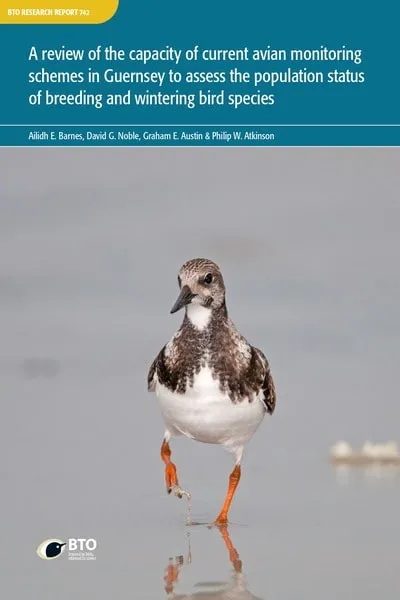
This report presents a review of the Wetland Bird Survey (WeBS) Low Tide Counts scheme and its methods.
16.05.22
Reports
